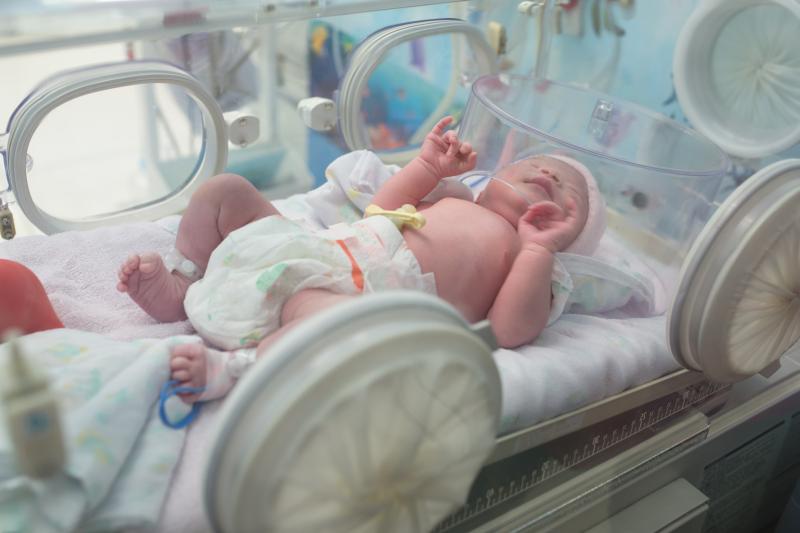
Plasma cystatin C is a more reliable predictor of incident acute kidney injury (AKI) than serum creatinine and renal resistive index (RRI) in critically ill neonates, a study has found.
Researchers compared the ability of plasma cystatin C and the RRI to predict AKI early in 60 critically ill neonates, of which 30 fulfilled the diagnostic criteria for AKI (group 1) while the remaining 30 did not (group 2). There was a third group of 30 age- and sex-matched healthy infants.
During the first day of incubation, mean cystatin C level was significantly elevated in group 1 than in groups 2 and 3 (3.18 vs 1.68 and 0.80 mg/l, respectively). There was no significant difference observed in serum creatinine and RRI.
At a cutoff value of 2.68 mg/l, cystatin C level performed significantly better than both serum creatinine and RRI (area under the curve [AUC], 0.804 vs 0.453 and 0.551, respectively) in the early prediction of AKI. The corresponding sensitivity and specificity were 53.3 percent and 100 percent.
Meanwhile, the RRI had a lower, nonsignificant accuracy at a cutoff value of 0.53 (AUC, 0.551), with a sensitivity of 100 percent and specificity of 40 percent. The same was true of serum creatinine at a cutoff value of 0.49 mg/dl, with an AUC of 0.453, sensitivity of 33.3 percent and specificity of 86.7 percent.
Regression analysis revealed higher plasma cystatin C and lower estimated glomerular filtration rate cystatin to be significant early predictors of AKI in critically ill neonates.